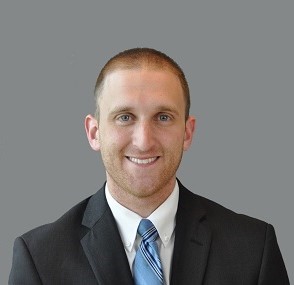The continuing move to multidisciplinary surgical care has meant a growing number of approaches to treating surgical issues. In cardiac surgery, the conversations that happen between surgeons, cardiac imagers, and interventional cardiologists have become integral to providing the best care that puts patients at the lowest risk.
Among the pre-operative tests that help multidisciplinary teams make treatment decisions is the cardiac computed tomography angiography (CCTA), a non-invasive 3D diagnostic imaging test that produces images of the heart and coronary arteries and helps clinicians better understand how blood is flowing through a patient’s heart.
Recently published research focusing on four case studies of UCHealth University of Colorado Hospital patients shows that CCTA provides important additional information to supplement tests like transthoracic echocardiography (TTE) and transesophageal echocardiograph (TEE) in evaluating valvular heart disease.
“What we wanted to capture is the importance of the conversation between cardiac surgeons, cardiologists, and chest radiologists,” explains Jake Cotton, MD, a third-year general surgery resident in the University of Colorado School of Medicine and first study author who worked with principal investigator Jessica Rove, MD, an assistant professor of cardiothoracic surgery in the CU Department of Surgery.
"For example, patients who have had prior heart surgery can present challenges that are surgically very complex. The multidisciplinary discussion allows us to develop consensus about the best option for the patient, to maximize clinical success and durability. CCTA provides critical anatomic detail that informs these discussions.
Better heart imaging
As cardiac surgery has evolved, multidisciplinary health care teams have increasingly used CCTA to get more detailed pictures of the heart, supplementing information from TTE and TEE tests. CCTA tests take 3D images of the heart with superior spatial resolution.
"Images taken via TTE or TEE are still essential for evaluating the heart in motion – how the valves and the heart pump are functioning and what may be anatomically abnormal about those structures," Rove says. "CCTA augments this information by adding spatial resolution with other structures that we don’t see as well on echocardiography, like the blood vessels supplying the heart, the extent of calcium buildup around the valves, and the relationship of heart pathology with other structures in the chest."
The four patients whose cases were presented in the article were complex cases ranging from multiple redo valve operations to advanced infection in the heart valves leading to destruction of other structures in the heart.
Cotton, Rove, and their co-researchers found that the information provided by CCTA was vital to a collaborative, multidisciplinary treatment plan made by a cardiologist, cardiac surgeon, and radiologists.
“The CCTA really allowed these specialties to plan appropriately,” Cotton explains. “A CCTA can show things like the spatial relationships of coronary arteries or the aorto-mitral angle. Those spatial relationships may favor a transcatheter or a surgical approach. CCTA may also better characterize something like a subannular or aortic root abscess, which would require a more extensive operation than simply removing a damaged valve."
"There is a Chinese idiom: 'Yi zai bi xian' – you have to have the idea in your mind before you put your pen to paper," Rove says. “With surgeries as complex as these, we are fortunate to be able to utilize advanced imaging and our multidisciplinary team to prepare in advance for what we will need to do in the operating room, and ultimately improve patient outcomes. And it’s especially important that patients have a better understanding of the surgery they’re going to have.”




.png)

